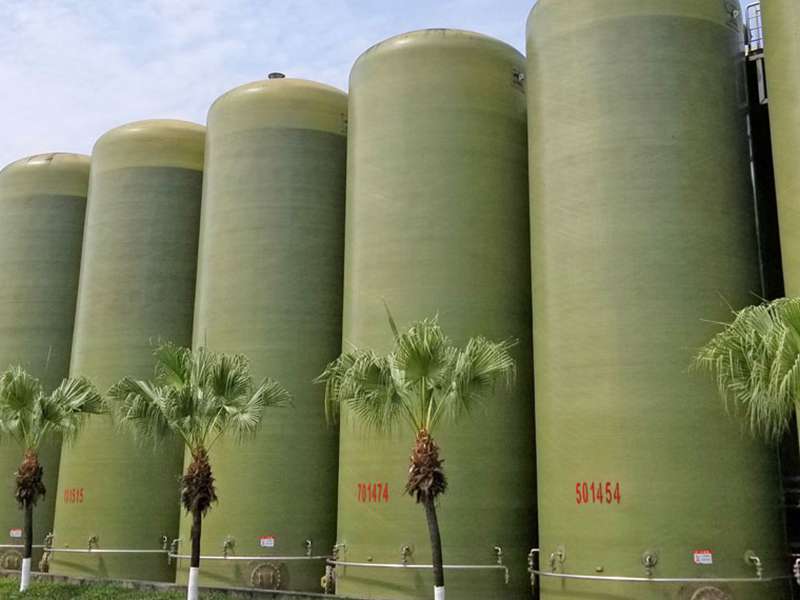
-
 Afrikaans
Afrikaans -
 Albanian
Albanian -
 Amharic
Amharic -
 Arabic
Arabic -
 Armenian
Armenian -
 Azerbaijani
Azerbaijani -
 Basque
Basque -
 Belarusian
Belarusian -
 Bengali
Bengali -
 Bosnian
Bosnian -
 Bulgarian
Bulgarian -
 Catalan
Catalan -
 Cebuano
Cebuano -
 China
China -
 China (Taiwan)
China (Taiwan) -
 Corsican
Corsican -
 Croatian
Croatian -
 Czech
Czech -
 Danish
Danish -
 Dutch
Dutch -
 English
English -
 Esperanto
Esperanto -
 Estonian
Estonian -
 Finnish
Finnish -
 French
French -
 Frisian
Frisian -
 Galician
Galician -
 Georgian
Georgian -
 German
German -
 Greek
Greek -
 Gujarati
Gujarati -
 Haitian Creole
Haitian Creole -
 hausa
hausa -
 hawaiian
hawaiian -
 Hebrew
Hebrew -
 Hindi
Hindi -
 Miao
Miao -
 Hungarian
Hungarian -
 Icelandic
Icelandic -
 igbo
igbo -
 Indonesian
Indonesian -
 irish
irish -
 Italian
Italian -
 Japanese
Japanese -
 Javanese
Javanese -
 Kannada
Kannada -
 kazakh
kazakh -
 Khmer
Khmer -
 Rwandese
Rwandese -
 Korean
Korean -
 Kurdish
Kurdish -
 Kyrgyz
Kyrgyz -
 Lao
Lao -
 Latin
Latin -
 Latvian
Latvian -
 Lithuanian
Lithuanian -
 Luxembourgish
Luxembourgish -
 Macedonian
Macedonian -
 Malgashi
Malgashi -
 Malay
Malay -
 Malayalam
Malayalam -
 Maltese
Maltese -
 Maori
Maori -
 Marathi
Marathi -
 Mongolian
Mongolian -
 Myanmar
Myanmar -
 Nepali
Nepali -
 Norwegian
Norwegian -
 Norwegian
Norwegian -
 Occitan
Occitan -
 Pashto
Pashto -
 Persian
Persian -
 Polish
Polish -
 Portuguese
Portuguese -
 Punjabi
Punjabi -
 Romanian
Romanian -
 Russian
Russian -
 Samoan
Samoan -
 Scottish Gaelic
Scottish Gaelic -
 Serbian
Serbian -
 Sesotho
Sesotho -
 Shona
Shona -
 Sindhi
Sindhi -
 Sinhala
Sinhala -
 Slovak
Slovak -
 Slovenian
Slovenian -
 Somali
Somali -
 Spanish
Spanish -
 Sundanese
Sundanese -
 Swahili
Swahili -
 Swedish
Swedish -
 Tagalog
Tagalog -
 Tajik
Tajik -
 Tamil
Tamil -
 Tatar
Tatar -
 Telugu
Telugu -
 Thai
Thai -
 Turkish
Turkish -
 Turkmen
Turkmen -
 Ukrainian
Ukrainian -
 Urdu
Urdu -
 Uighur
Uighur -
 Uzbek
Uzbek -
 Vietnamese
Vietnamese -
 Welsh
Welsh -
 Bantu
Bantu -
 Yiddish
Yiddish -
 Yoruba
Yoruba -
 Zulu
Zulu
Construction and Installation of FRP Chimneys for Industrial Applications and Standards
FRP Chimney Construction and Installation for Industrial Applications
In today's rapidly evolving industrial landscape, the need for efficient and durable construction solutions is more critical than ever. Fiber Reinforced Polymer (FRP) chimneys have emerged as a preferred choice for many industrial applications due to their unique properties and benefits over traditional materials.
FRP is a composite material that combines a polymer matrix with reinforcing fibers, typically glass or carbon. This combination results in a material that is not only lightweight but also extremely strong, corrosion-resistant, and durable. These properties make FRP chimneys an excellent choice for industries that deal with harsh environmental conditions, such as chemical processing plants, wastewater treatment facilities, and power generation units.
The construction of FRP chimneys involves several stages, starting with the design phase. Engineers must consider various factors, including height, diameter, wind load, thermal expansion, and the specific environmental conditions the chimney will face. Once the design is finalized, the next step is manufacturing the FRP components, which often include modular sections that can be easily transported and assembled on-site. This modular approach significantly reduces construction time and costs.
frp chimney construction and installation for industrial and

Installation of FRP chimneys is relatively straightforward compared to conventional materials. The lightweight nature of FRP allows for easy handling and reduces the need for extensive lifting equipment. Crews can quickly assemble the chimney sections, utilizing specialized adhesives and fasteners to ensure a secure fit. This efficiency not only accelerates the installation process but also minimizes disruptions to ongoing industrial operations.
One of the standout features of FRP chimneys is their resistance to corrosion. Traditional chimneys made from steel or concrete can deteriorate due to prolonged exposure to harsh chemicals and moisture. In contrast, FRP's inherent resistance to chemical attack enhances the lifespan of the chimney, resulting in lower maintenance costs and fewer replacements over time.
Moreover, FRP chimneys can be designed to meet specific aesthetic and functional requirements. They can be manufactured in various colors and finishes, allowing industries to maintain a professional appearance while ensuring optimal performance.
In conclusion, the construction and installation of FRP chimneys present a practical and efficient solution for industrial applications. Their lightweight, corrosion-resistant, and customizable nature makes them an ideal choice for industries seeking durability and reliability in their emission control systems. As industries continue to prioritize sustainability and efficiency, FRP chimneys will undoubtedly play a significant role in the future of industrial infrastructure.
Latest news
-
Exploring the Benefits of Top Hammer Drifter Rods for Enhanced Drilling PerformanceNewsJun.10,2025
-
High-Precision Fiberglass Winding Machine for GRP/FRP Pipe Production – Reliable & Efficient SolutionsNewsJun.10,2025
-
FRP Pipes & Fittings for Shipbuilding - Corrosion-Resistant & LightweightNewsJun.09,2025
-
Premium FRP Flooring Solutions Durable & Slip-ResistantNewsJun.09,2025
-
Premium Fiberglass Rectangular Tanks Durable & Lightweight SolutionNewsJun.09,2025
-
Tapered Drill String Design Guide Durable Performance & UsesNewsJun.09,2025









